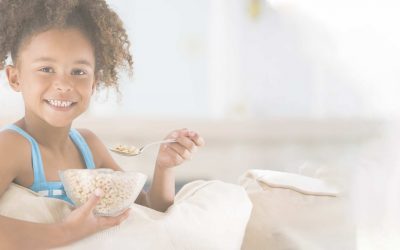Cradle cap – what is that sticky yellow stuff?
Cradle cap is essentially baby dandruff. Usually it looks yellow, greasy or scaly, and presents in patches over the scalp, eyebrows, eyelashes or any other area of the body. It may appear as dry patches on the scalp. When it is in areas apart from the head we call it seborrheic dermatitis. When they peel or flake off they often take hair with them.
Usually it looks yellow, greasy or scaly, and presents in patches over the scalp, eyebrows, eyelashes or any other area of the body.
Cradle cap is most common in kids less than 8 months of age. It usually appears in the first 3 months. Most babies are unbothered by it, though a select few are itchy.
What causes cradle cap?
Most people think cradle cap is a result of hormone fluctuations after birth. These lead to secretions from the oil glands, which decrease over time, which is why is usually clears on its own with time. Some people think it may also be a fungal infection variant.
How to treat cradle cap on the scalp
I find it most easy to saturate the scalp in oily products like olive oil for about an hour before the bath. Then in the bath comb with a fine toothed comb. Usually the scale will come off easily and not bother the child. Some recommend using a dandruff shampoo, though I prefer the non chemical approach first. If this isn’t successful a low dose topical steroid ointment can help.
I find it most easy to saturate the scalp in oily products like olive oil for about an hour before the bath. Then in the bath comb with a fine toothed comb.
Cradle cap on the face
This is easily treated with oil and a facecloth. Apply oil 30 for thirty minutes then take a facecloth and gently rub the scale – the flakes will come right off.
Try not picking at the scale. Though this may look effective, you may introduce infection.
Rest assured, the vast majority clear up on their own with no intervention at all. If it looks red, swollen, or with discharge, or if your baby gets a fever, please see your physician.










